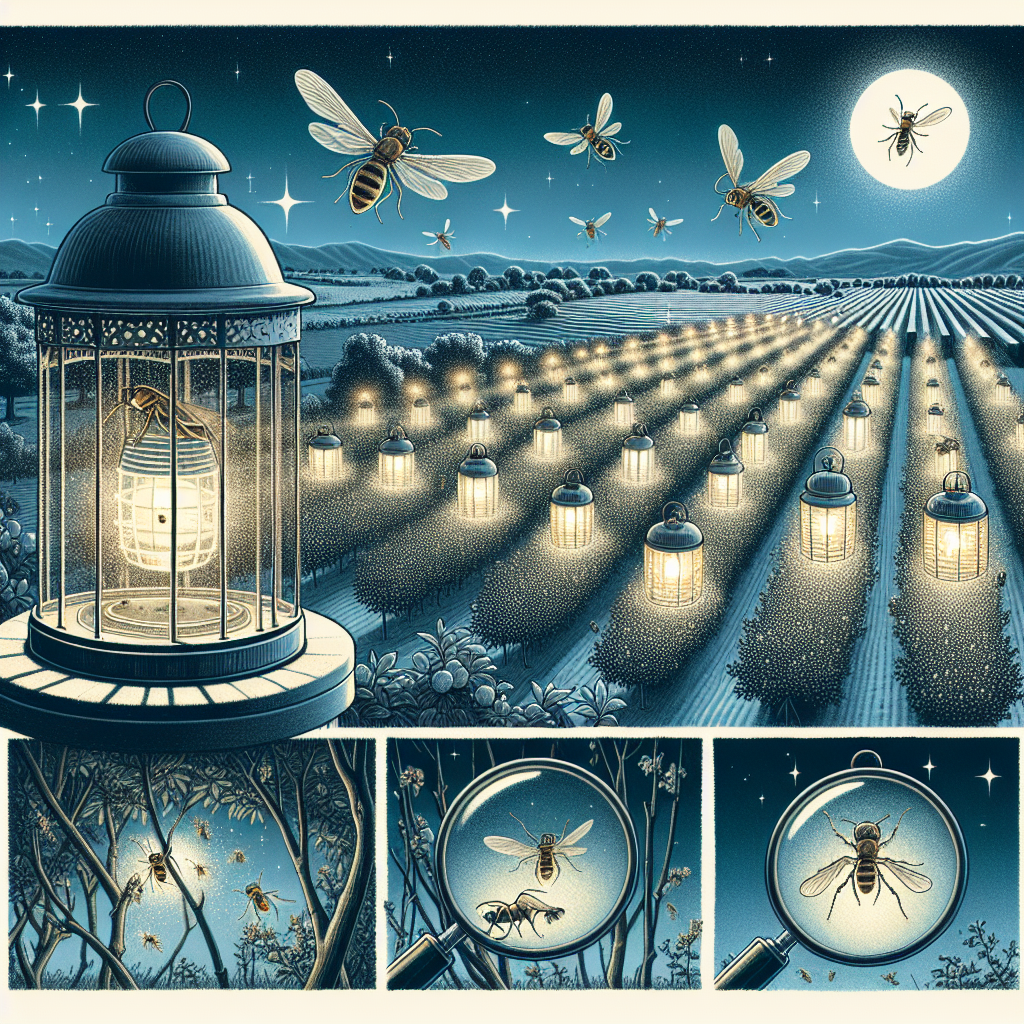When it comes to pest control, many homeowners and gardeners are constantly on the lookout for effective and environmentally friendly solutions. One popular method that has emerged in recent years is the use of pheromone traps. But are these traps truly effective, or are they just another gimmick? In this article, we’ll explore the science behind pheromone traps, how they work, their benefits, and whether they are worth your investment.
What Are Pheromone Traps?
Pheromone traps are specialized devices designed to capture specific types of insects using synthetic versions of naturally occurring chemical signals called pheromones. Pheromones are used by insects to communicate with each other, often for mating purposes. By imitating these signals, pheromone traps can lure pests into a sticky trap or bait container.
How Do Pheromone Traps Work?
The mechanism is quite simple yet effective. These traps emit scents that are particularly attractive to target pest species. Once the insect approaches the trap, it becomes stuck and is unable to escape. Common insects attracted to these traps include moths, beetles, and various types of flies.
Types of Pheromone Traps
-
Moth Traps: These are commonly used in gardens and orchards to control pest species like the codling moth or the oriental fruit moth.
-
Fruit Fly Traps: Often used in kitchens or on fruit trees, these traps are designed to attract and capture pesky fruit flies using pheromones that mimic the scent of ripe fruit.
-
Carpenter Bee Traps: Targeting those troublesome bees, these traps utilize pheromones to lure them away from wooden structures.
- Whitefly Traps: Typically used in greenhouses, these traps help manage the populations of whiteflies that can cause significant damage to plants.
Benefits of Using Pheromone Traps
Environmental Friendly
One of the significant advantages of pheromone traps is that they offer a non-toxic method of pest control. Unlike chemical pesticides, pheromone traps don’t pose a risk to beneficial insects, pets, or humans.
Targeted Approach
Pheromone traps are specifically designed to attract certain pest species, making them a targeted solution. This specificity means that you’re less likely to harm other insects and wildlife in your yard.
Monitoring and Population Control
Pheromone traps not only help to catch pests but also provide valuable insights into the population dynamics of specific insect species. By monitoring traps regularly, you can get a clear picture of when pests are most active and adjust your pest control strategies accordingly.
Are Pheromone Traps Worth the Investment?
Cost-Effectiveness
While pheromone traps are often priced higher than traditional traps, their targeted effectiveness can lead to cost savings in terms of reduced pesticide use and potential crop damage. When considering the long-term savings on pest management, they can be a worthwhile investment.
Effectiveness and Limitations
However, it’s essential to remember that pheromone traps are not a standalone solution. They work best as part of an integrated pest management (IPM) program, which includes monitoring, cultural practices, and possibly other control methods. For example, while the traps can help reduce the population of a specific pest, combining them with good sanitation practices can yield better results.
Personal Experiences
Many gardeners and homeowners who have used pheromone traps report varying levels of success. Some find them a game changer, dramatically reducing pest populations and increasing the yield of their fruits and vegetables. Others may experience mixed results, particularly if they don’t use the traps alongside other pest management strategies.
Conclusion
Pheromone traps offer a unique and effective way to manage pest populations naturally and humanely. Their targeted approach makes them a valuable tool in an integrated pest management plan. While there are limitations to their effectiveness and some initial costs, many users find the peace of mind and reduction in chemical exposure to be well worth the investment.
As with any pest control method, understanding how to utilize these traps effectively can make all the difference. So, if you’re battling pesky pests and prefer an eco-friendly option, pheromone traps might be just what you need. Whether you’re a seasoned gardener or a newcomer to pest management, it’s time to consider whether these innovative traps are the perfect fit for your home or garden.


